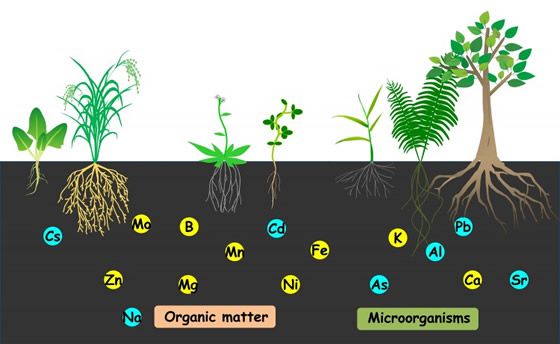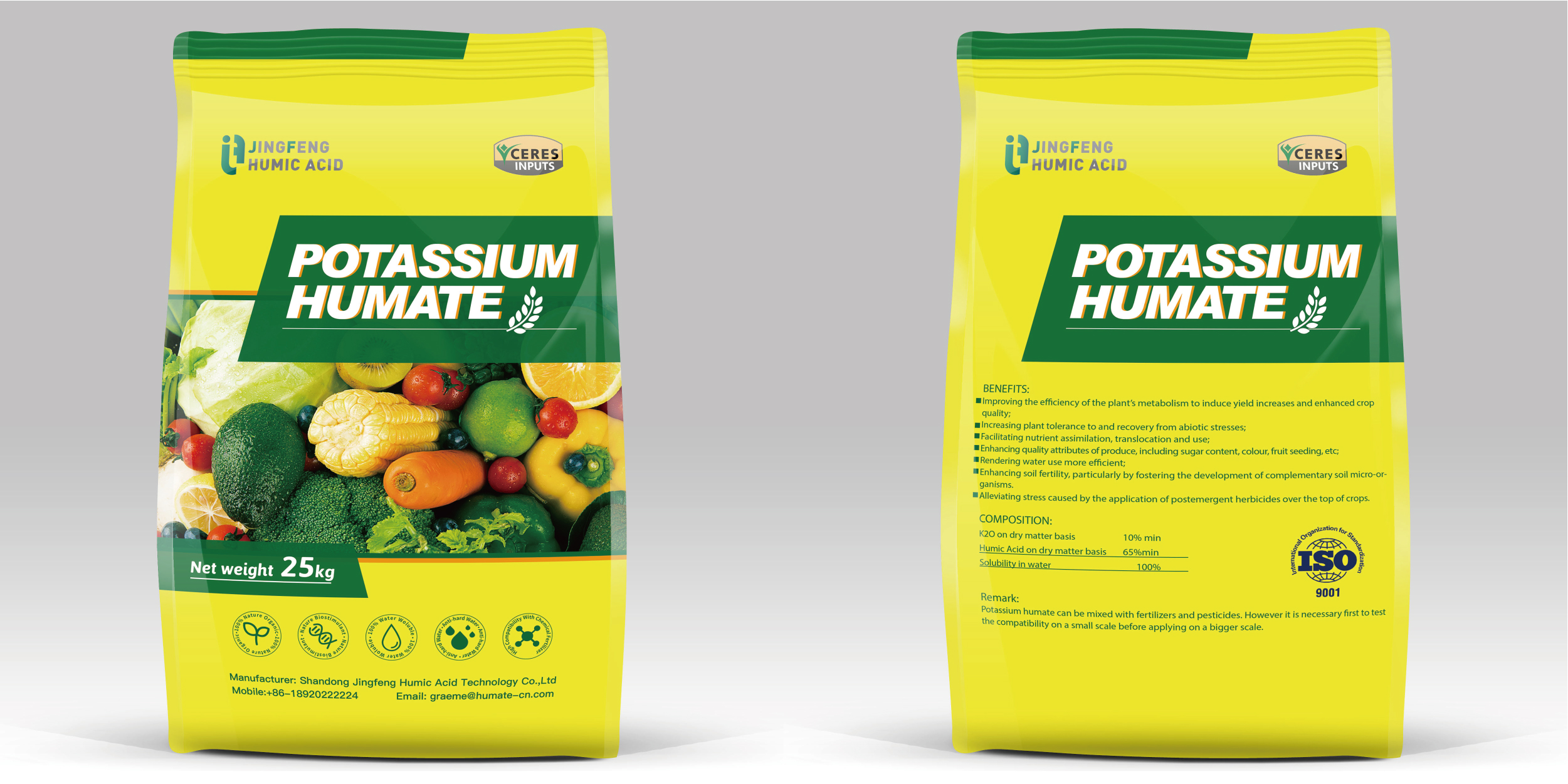What is Humate?
The most important and biologically active group of the many degraded processes of soil organic materials is the alkali soluble faction, commonly called Humic Acid. The salts of these Humic Acids are known as Humates. Next, we will explain what humate is in two ways.
 Put Simply
Put Simply
Humate is the end result of organic matter, which is derived from green vegetation, being degraded by bacteria and enzymes under the right biological conditions.
Technically
Humates are dark colored amorphous polymers which are essentially hydrocarbons of high molecular weight (very dense) containing oxygen in the form of carboxyl, hydrocarbons and carbonyls. They are formed by the microbiological decomposition of plant materials chiefly lignin and proteins to a point where all traces of their origin can be lost.
Why are Humates so important to the soil?
Humates, being very dense and sticky, tend to have a sequestering and chelating effect on nutrients in the soil thus preventing them from leaching through the soil profile too quickly, therefore improving the fertility of the soil.
Humic Acids also stimulate biological activity in the soil due to their carbon make up, thus improving the structure of the soil.
Humic Acids are the fatty acids of the soil, just as fatty acids in the body are important for the production of calories and the absorption of vitamins and minerals by the body, Humates absorb and breakdown minerals in the soil and hold them in an available state for utilization by the plant when required.
The use of slow release forms of nutrients to improve soil fertility allows the plant to feed properly and therefore build a healthy and strong cell structure.
For instance, if Nitrogen is supplied to a plant beyond its capability to photosynthesis, this will upset the nutrition of the cell or weaken the cell structure, thus allowing infection to set in. With the use of natural Humates fertilizers, problems like the above example very rarely occur.

Understanding Humates from other organic fertilizers
There are many different kinds of organic fertilizers on the market, made up of various components, but all in their own individual way are able to improve the soil quality.
The best way to understand how they work is to look at some of the components of their make up.
Those made from manures and of animal origin can supply fast and slow release forms of nutrients, particularly Nitrogen, as well as bacteria and crude forms of organic matter.
Products containing meat meal, bone meal and fish meal can supply slow release forms of Nitrogen, Phosphorus and Calcium, these materials also help improve bacteria levels. Seaweed products can supply a host of rare trace elements and nutrients, such as Potassium Alginate and Selenium as well as natural growth hormones.
Mineral products made from Lime, Gypsum, Dolomite and Rock Phosphate can supply Calcium, Sulphur, Phosphorus, Potassium and Magnesium whilst a large variety of trace elements can be obtained from rock dust such as Basalt, Granite, Ironstone and Scoria.
Humate Products made from Brown Coal, Humic Acid or compost from green manure crops will supply small amounts of nutrients and a broad range of trace elements, but more importantly they supply the very essence of soil structure and fertility – Humic Acids.
That is all, this article mainly explains what humate is and why humate is so important to the soil. Hope you can get something.




